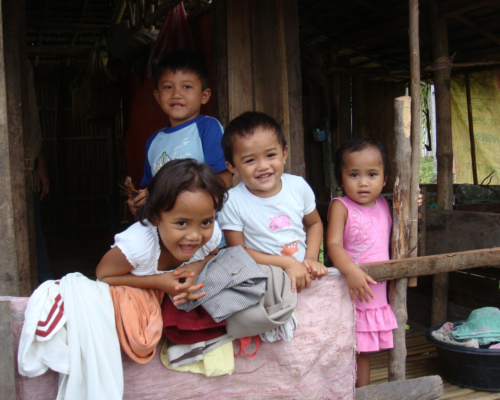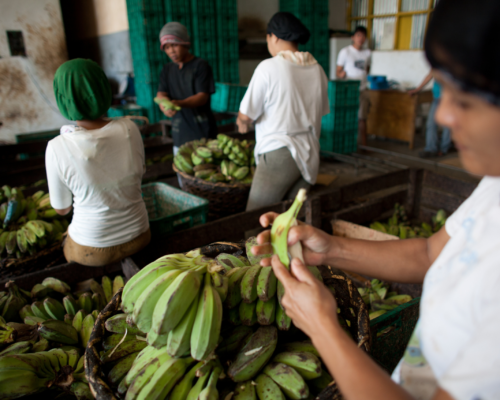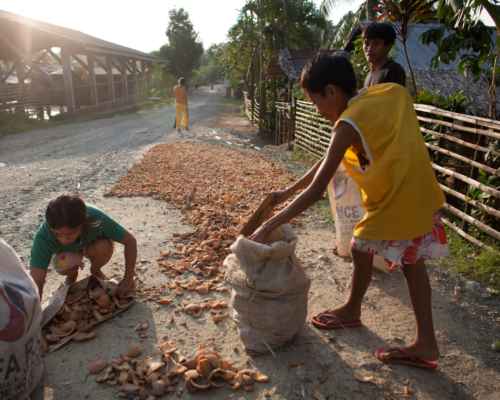Our Creation




When the Peace Equity Access for Community Empowerment Foundation, Inc., or the Peace and Equity Foundation, was founded, the use of the word “peace” in its name was deliberate, as was “empowerment.” The idea was if Filipinos are able to take care of their families, then there will be peace.
To help make that happen became one of the missions of PEF. PEF was established in October 2001 with a clear mandate: To manage and preserve the value of the PhP1.3- billion endowment fund raised by the Caucus of Development NGO Networks from the issuance of the Poverty Eradication and Alleviation Certificates (PEACe Bonds) and harness them to fund programs that will enable the poor to liberate themselves from poverty.
To do this, it would work with civil society organizations that are already helping the poor and marginalized by providing high-impact financing and technical assistance, as well as by promoting appropriate technologies and networking among relevant stakeholders who can help development partners achieve their respective poverty reduction objectives.
As it was building its team, PEF identified in 2003 its 28 priority areas where it would concentrate its resources, both human and financial, to make the most impact. The choice of the 28 areas was based on income, health, education, and other socioeconomic indicators, as well as the presence of development partners that PEF could help to scale up or innovate, through additional funds, network or expertise.
By 2004, PEF had drawn up poverty maps for the provinces of Marinduque, Romblon, Bohol, and Negros Occidental. Also finalized were those for Negros Oriental, Eastern Samar, Biliran, South Cotabato, Sarangani, and Zamboanga City.
To help implement as many of its target poverty reduction as possible, PEF worked through Partnership and Access Centers (PACs). These acted as the nerve center in target areas through which PEF can work closely with its strategic partners including NGOs, people’s organizations, cooperatives, and faith-based groups that are directly implementing the programs related to livelihood and employment, basic social services, and community empowerment.
The lessons learned in financial management, monitoring and evaluation, and project implementation, led PEF to shift toward supporting social enterprises by its tenth year in 2011. The shift was also due to the realization that households had a better chance of making it out of poverty if they had sustainable livelihoods through assisted projects and interventions such as microfinance.
And so, social enterprise, or SE, which at the time was not the buzzword it is today, became the preferred model for inclusive and sustainable growth. Its adoption in strategic areas marked a major turning point in the history of PEF.
Over the next few years, PEF continued to implement and strengthen its social enterprise-led, area-focused approach. Building on its initial attempts and valuable lessons from the operations of and involvement in social enterprises, PEF transitioned into the more focused mandate of scaling up.
From a commodity-centered approach, PEF has since shifted its focus to specific areas, based on their poverty situation, priority needs, partnerships, and the local organizations that will serve as delivery channels for support to the community.
Thus, PEF begins the next chapter of its history with a renewed desire to convert into action those poverty reduction ideas anchored on social entrepreneurship, and most importantly, into results in keeping with its unchanging vision to be a catalyst for good.








